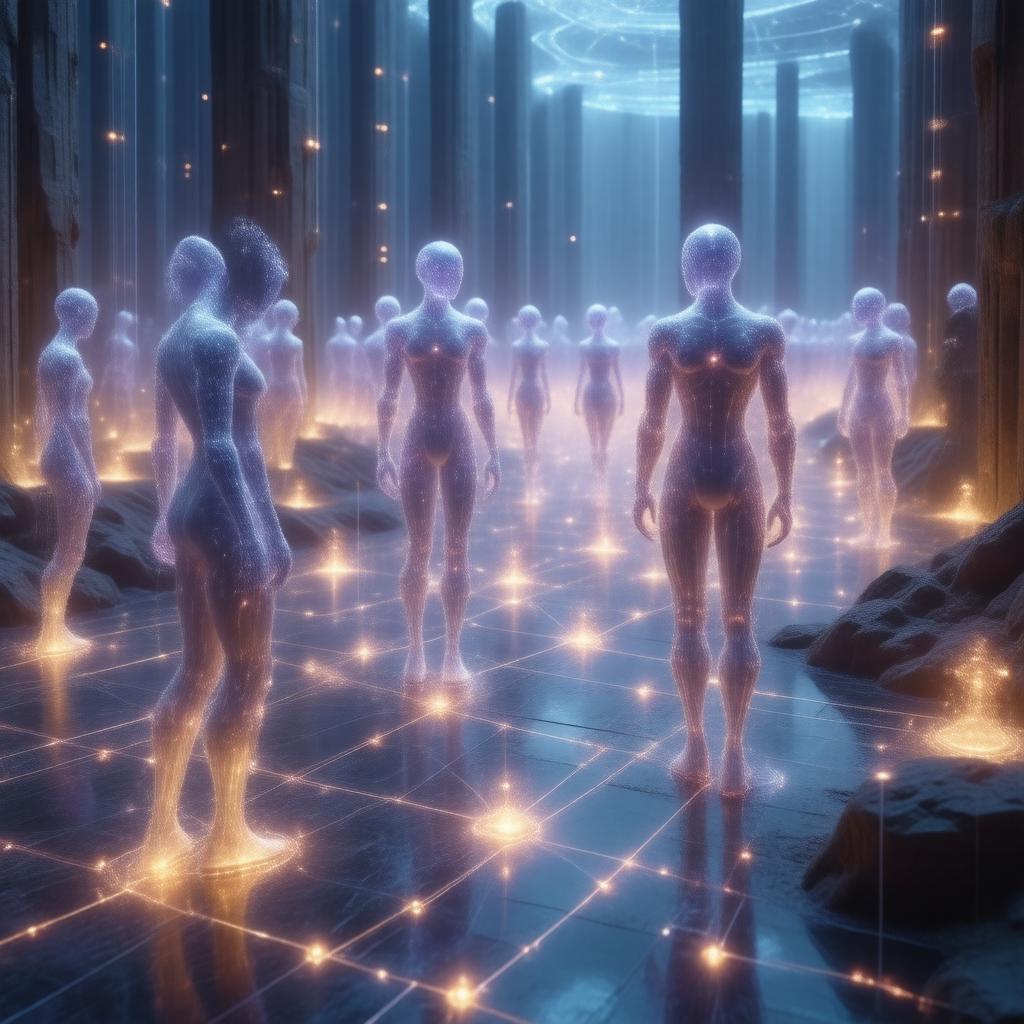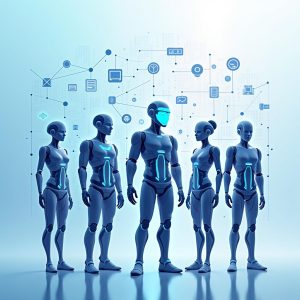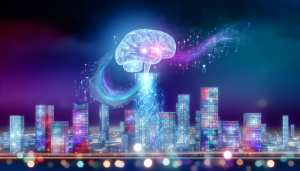In the rapidly evolving world of artificial intelligence, multi-agent planning has emerged as a sophisticated approach to solving complex problems that require coordination and collaboration between multiple intelligent systems. At its core, multi-agent planning is a computational strategy where several AI agents work together to achieve shared or individual goals in interconnected environments.
Understanding Multi-Agent Systems
Imagine a group of robots working together to complete a warehouse inventory, or autonomous vehicles navigating a busy city intersection. These scenarios exemplify multi-agent systems, where multiple intelligent entities must communicate, coordinate, and make decisions collectively. Unlike single-agent systems that operate in isolation, multi-agent planning introduces layers of complexity that mirror real-world collaborative scenarios.
Key Components of Multi-Agent Planning
The fundamental building blocks of multi-agent planning include:
1. Individual Agent Capabilities: Each agent possesses its own decision-making algorithms, sensors, and computational abilities.
2. Communication Protocols: Agents must exchange information efficiently and accurately.
3. Coordination Mechanisms: Strategies for aligning actions and resolving potential conflicts.
4. Shared Goals or Individual Objectives: Determining whether agents work towards a collective outcome or pursue individual targets.
Real-World Applications
Multi-agent planning finds applications across numerous domains:
– Disaster Response: Coordinating rescue robots in complex emergency scenarios
– Supply Chain Management: Optimizing logistics and inventory distribution
– Smart City Infrastructure: Managing traffic flow and energy consumption
– Healthcare: Synchronizing medical robots during complex surgical procedures
Challenges in Multi-Agent Planning
Implementing effective multi-agent systems isn’t without significant challenges:
– Computational Complexity: Increasing number of agents exponentially increases planning complexity
– Communication Overhead: Ensuring seamless information exchange
– Conflict Resolution: Managing potential disagreements or competing objectives
– Scalability: Maintaining system performance as agent numbers grow
Advanced Techniques
Modern researchers are developing sophisticated approaches to address these challenges:
– Decentralized Planning Algorithms: Allow agents to make independent decisions while maintaining overall system coherence
– Machine Learning Integration: Enabling agents to learn and adapt their strategies dynamically
– Probabilistic Reasoning: Improving decision-making under uncertainty
Future Potential
The potential of multi-agent planning extends far beyond current applications. As AI technology advances, we can anticipate more complex, adaptive systems capable of handling increasingly intricate real-world challenges. From autonomous transportation networks to advanced scientific research collaborations, multi-agent planning represents a critical frontier in artificial intelligence.
Emerging Technological Implications
Researchers and industry professionals are exploring how multi-agent systems can revolutionize:
– Autonomous vehicle ecosystems
– Large-scale industrial automation
– Environmental monitoring and conservation efforts
– Advanced robotic collaborative platforms
Conclusion
Multi-agent planning represents a sophisticated approach to solving complex problems through collaborative artificial intelligence. By enabling multiple intelligent systems to work together, communicate effectively, and adapt to dynamic environments, this technology promises transformative potential across numerous sectors.
As AI continues to evolve, multi-agent planning will undoubtedly play a pivotal role in creating more intelligent, responsive, and efficient technological solutions that can address humanity’s most challenging problems.



